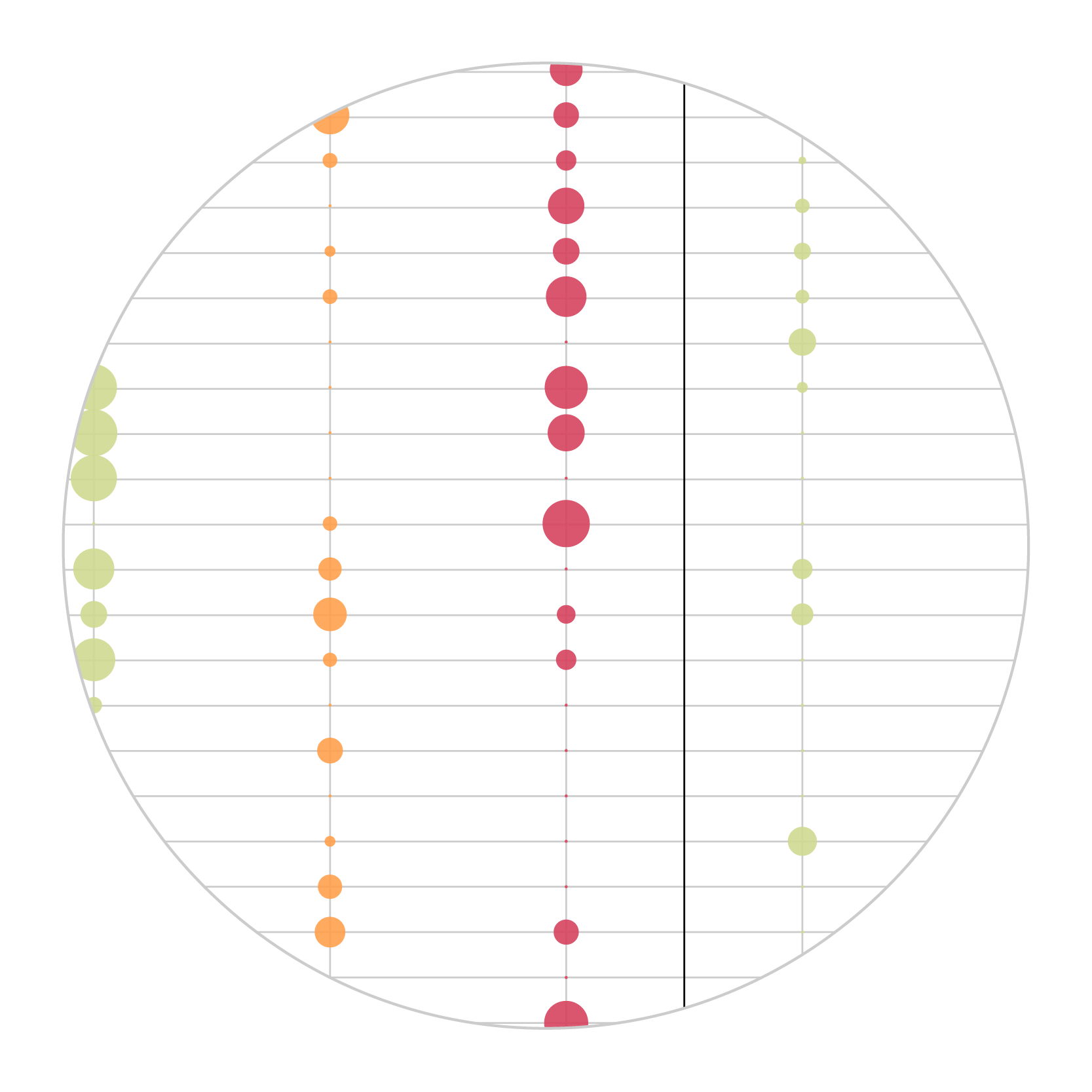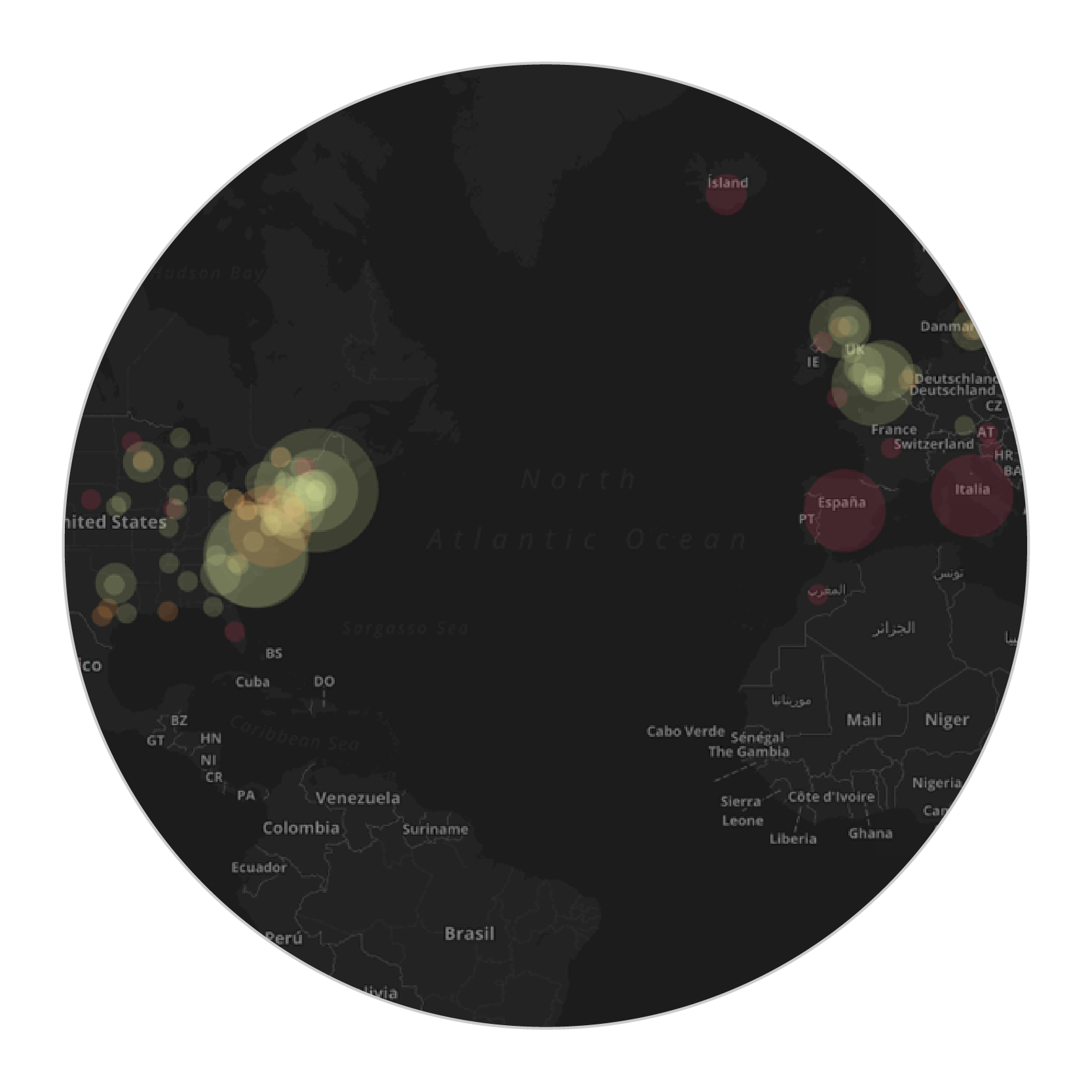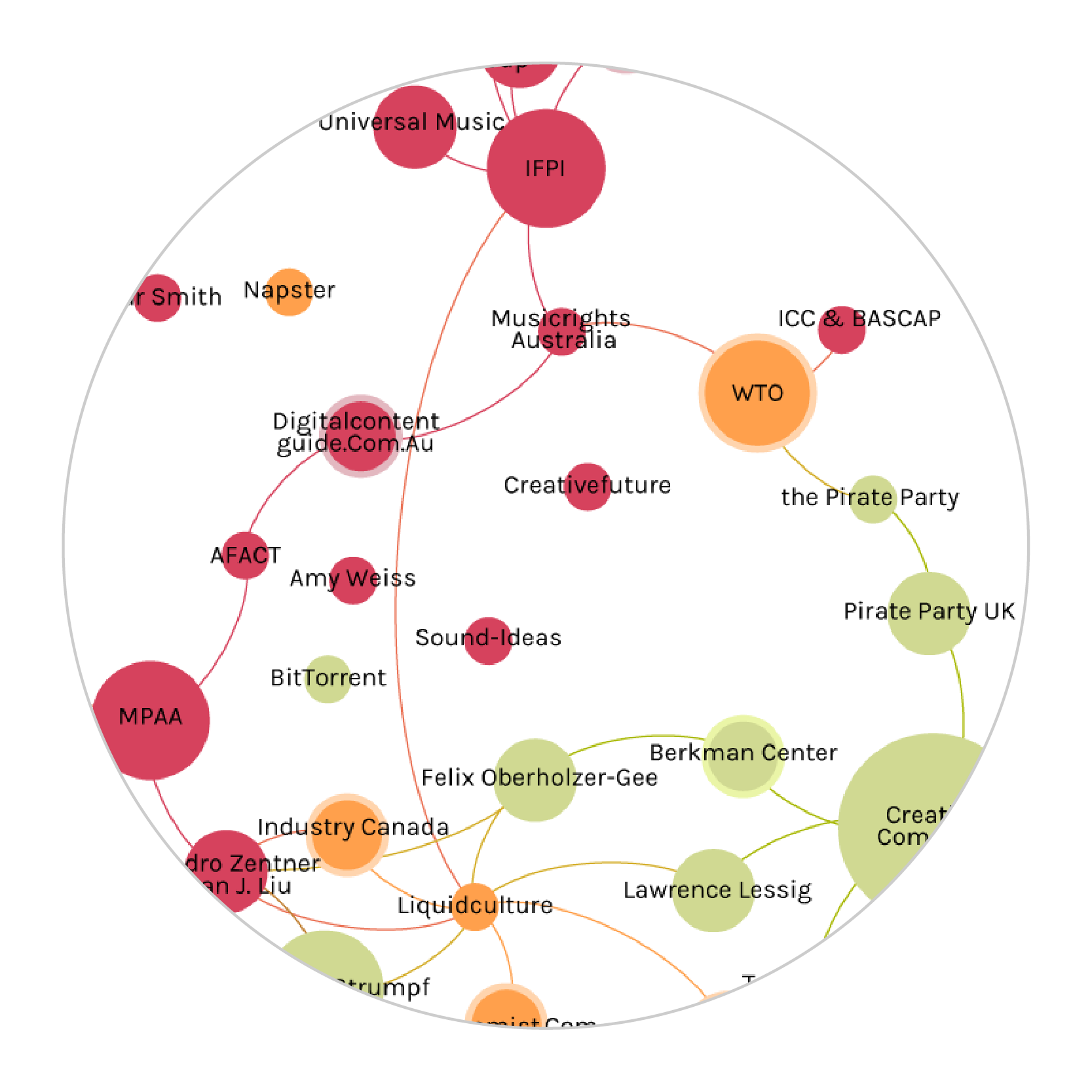File sharing, from few passionate ones’ technology, is today a daily life reality for the majority of Internet users. Thanks to its revolutionary concept, it changed the way of living the Net, introducing the possibility of enjoying instantly all kinds of medias, from movies to music, software, books, etc… The other side of the coin of this revolution, though, is that 98% of shared materials through peer to peer services are copyrighted: inevitably, this fact turns file sharing into an almost only illegal practice. So, inside our research path, we decided to focus on what file sharing implies: which are its effects on society and on the Internet? Which are the legal and economic consequences? Is there a difference between consequences and effects? Starting from here, we agreed on designing four queries which tried to investigate Web opinions about the possible controversy of positioning divergences on the theme, from big majors to technological blogs. Effects and consequences are the center of research, while file sharing is the theme, also called piracy, to understand if this word is used as an informal/derogatory synonymous or just as a alternate technical term. The four starting queries, “file sharing” + consequences, “file sharing” + effects, piracy + consequences, piracy + effects, were designed to answer the question:
“How much the effects of copyright infringement through illegal file sharing, also called piracy, are seen as negative/damaging from an economic, legal, ethical point of view?”
Indeed, right from the start, it was clear that opinions about our controversy focused on three main fields: economic aspect, that means whether copyright owners lose profit or not; legal aspect, which includes countermeasures and lawsuits started after infractions, that are judged licit or not; ethical aspect, about security, control, privacy and the future face of the Internet. From this question, we started analyzing and digging inside datasets and queries results, to understand as deeply as we could the real essence of this controversy.








